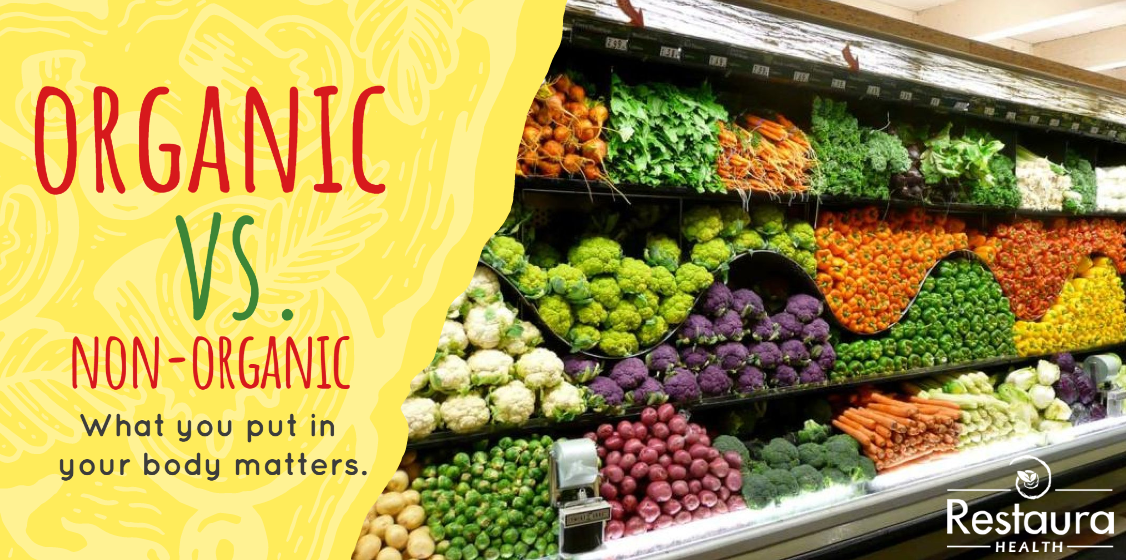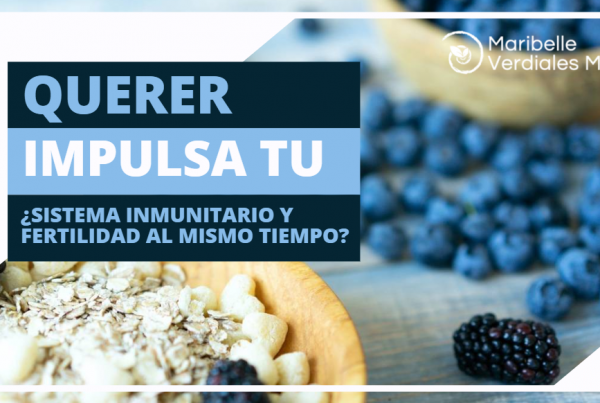In examining the question of organic vs. non-organic foods, let’s start with the keyword here: “organic.” Technically speaking, organic means that something comes from living (or formerly living) matter. That includes you and me, the birds and the bees, your morning cup of coffee or tea, and anything that grows on trees, shrubs, and vines.
Organic food products are different because they are grown and processed with organic farming methods, which exclude certain practices that are normal in the mass production of non-organic foods.
Proponents of organic farming point to benefits for the environment, like less water pollution and better soil quality. Organic meats come from livestock raised under more humane conditions. Organic produce and meat also may have higher levels of certain nutrients and fewer pesticide residues.
Produce and Grain
Organic plant farming practices include:
- No use of synthetic fertilizers, which may contain chemicals manufactured from fossil fuels. Instead, organic farmers rely on mulching, composting, and animal manure to enrich the soil.
- No fertilizers derived from sewage sludge, which is the residue left over after human waste is processed.
- No synthetic herbicides. Weeds are controlled with crop rotation, mulching, tilling, and hand weeding.
- Avoid the use of synthetic pesticides. Instead, organic farmers use organic approaches like insects that eat pests, traps, and naturally-produced pesticides. But there is a loophole: organic farmers may use certain chemical pesticides in small amounts, following regulations for USDA-certified organic foods.
- No genetically engineered crops, more commonly known as genetically modified organisms, or GMOs. Some GMO crops are designed to produce natural pesticides or to be resistant to synthetic weed killers so farmers can apply more of them and increase crop yields.
- No irradiation to kill diseases or pests, or to extend shelf life. Irradiation means exposing the food, dairy, or meat to ionizing radiation.
Organic vs. Non-Organic: Choose “Cleaner” Produce
The Environmental Working Group (EWG), a nonprofit organization, publishes an annual report, the Shoppers Guide to Pesticides in Produce. The report is based on USDA pesticide residue testing.
According to the EWG, the following 15 fruits and vegetables have the least residues relative to other options: avocados, sweet corn, pineapples, frozen sweet peas, onions, papayas, eggplants, asparagus, kiwis, cabbages, cauliflower, cantaloupes, broccoli, mushrooms, and honeydew melons.
The following 12 fruits and vegetables have comparatively higher amounts of pesticide residues: strawberries, spinach, kale, nectarines, apples, grapes, peaches, cherries, pears, tomatoes, celery, and potatoes.




